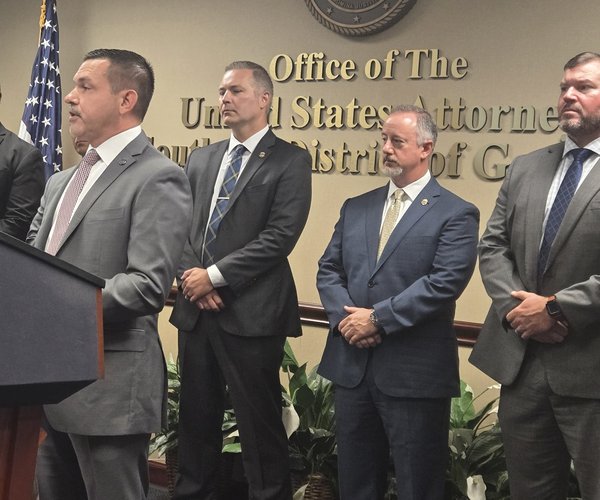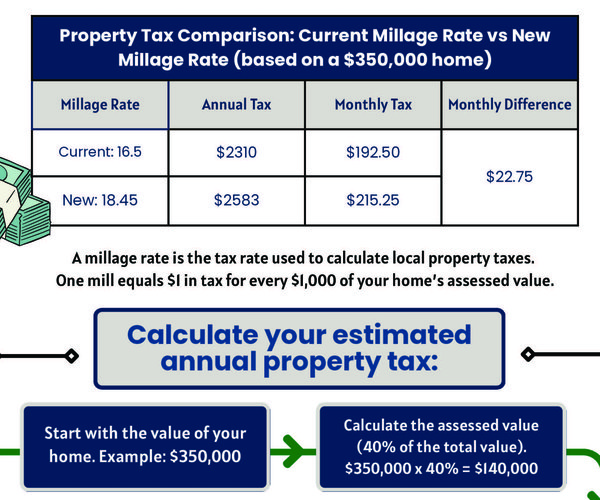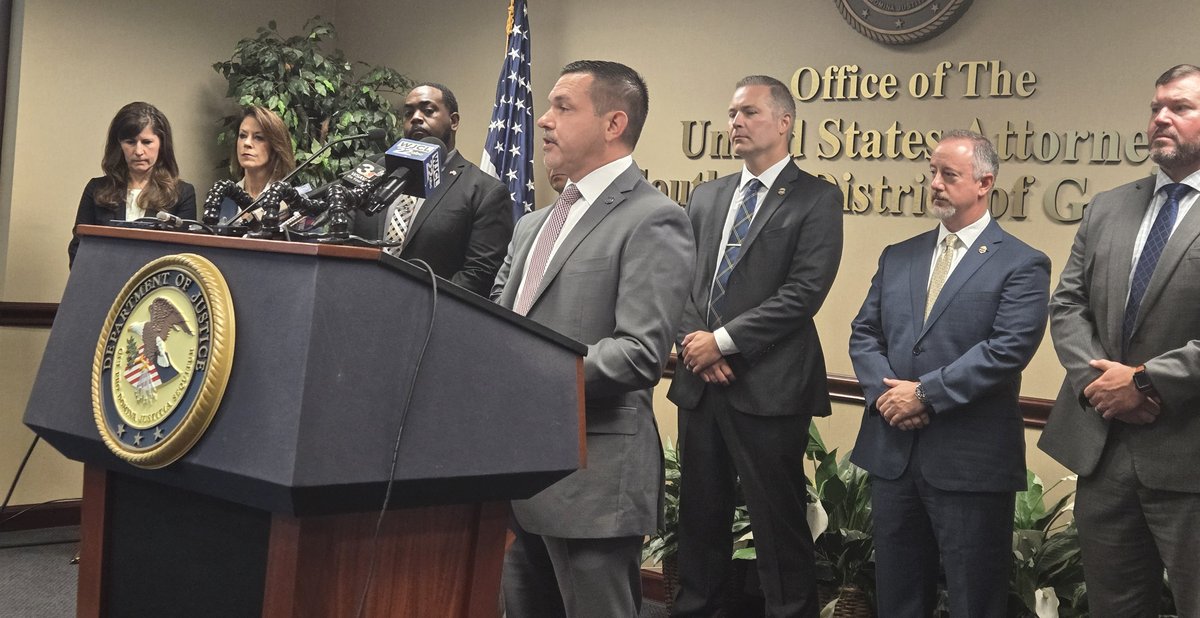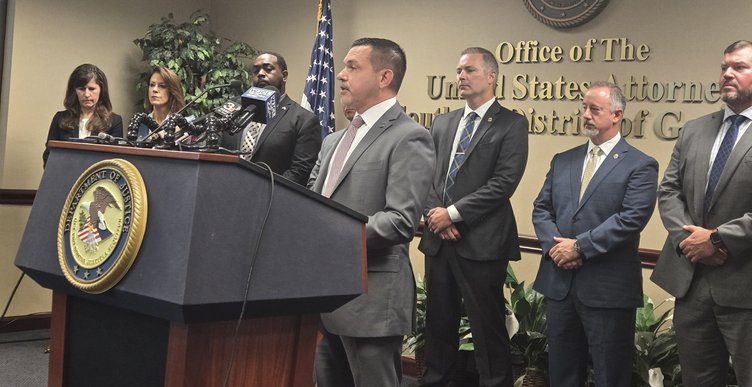Superintendent Randy Shearouse and the Effingham County School Board fielded concerns and questions from taxpayers over the anticipated revenue hole in the fiscal year 2012 budget as final tax digest projections remain uncertain.
Without hard numbers on the digest’s expected 2-5 percent contraction, the board faces its most unsavory options yet in the midst of the economic downturn and continued cuts from the state: bump up the millage rate or cut further from its already thinly spread local expenditures.
“I understand the situation from all directions,” said school board chairman Lamar Allen, “and we’re trying to do the best we can with what we have. But now, unless someone comes up with a better avenue to raise money to run a school system, property taxes are the only avenue that the school board has to generate money.”
In four succinct pages of tables and lists, Shearouse explained to the board and those present at the June 16 meeting that the budget will balance, so long as the property tax revenue remains the same as it was in FY11, nearly $26 million.
Austerity cuts and cuts in the county’s equalization grant funds from the state came in at approximately $11 million and federal stimulus funding dried up. However, the proposed budget does not include furlough days for employees, thanks to transfers of federal Edu-jobs and state mid-term allotment funds – more than $3 million. Shearouse has previously stated his hesitance to employ more furlough days, as staff has endured 11 days in the past two years.
The school board did not increase its millage rate last year, although the digest shrunk, and lost $420,000 in revenues.
“The board felt like the economy was in the shape that we didn’t need to raise it at that time,” Shearouse said. “And of course we were trying to holding off hoping of course for better times.”
Potential places to look for savings instead of a millage bump include cutting elementary programs such as Reading Recovery, technology, art, or first grade paraprofessionals, all of which are locally funding.
Other big ticket items that are locally funded are athletic and local teacher supplements, registered nurses, some benefits, many of which are mandatory, maintenance and transportation.
“These are just some projected local expenses that we have, some places that we could look,” said Shearouse. “Of course, none of them are very attractive, none of them are anything we want to tackle because we really feel like all of these serve the mission of our school system.”
Over the years, some of the biggest spending reductions from the board made have been through furlough days – about $300,000 a day – losing 96 positions through attrition and transfers, minimal use of substitute teachers, installing an energy reduction program, supply budget reductions, reduced library expenses and, this fiscal year, transferring the capital lease payment on Marlow Elementary from general funds to E-SPLOST.
“So looking at the budget, I think the bottom line comes in on what the digest looks like, which we don’t know at this point,” Shearouse said. “We don’t know what our amount that we need to come up with is, if we stayed at 15.33 mills as we currently are.”
“I’m sure you have, but I’ve got to ask, have you looked at other big systems to see what they’re doing?” said Herbert Walden.
Shearouse said that they have and also answered that the system spends $790 less per child than the average system in Georgia.
“If you took $790 times 11,000 (students in the system),” said Shearouse, “it’d be almost $8 million more that we’d be spending in the county if we just spent the average, not if we spent over that average, just the average.”
He said that other systems are cutting programs, such as music and technology or cutting first grade paraprofessionals, which are not state funded.
“We’ve fortunately been able to keep all our programs,” he said, “which we believe Effingham County has a good reputation as far as the school system and what education we provide, and I think that part of the reason is because of the different programs that kids can take advantage of in our school.”
The board was asked if they’d considered going from five- to four-day weeks, as some systems are trying in the state. Shearouse said that without reducing paid faculty days or cutting activities completely from that off the week, no system has thus far reported exceptional savings from the four-day week.
“A lot of systems have gone to that four-day work week, but they’re still paying everyone the same,” he said. “So I just don’t see the tremendous amount of savings that could occur there. And I don’t think that instructionally it’s the best thing to do for kids.”
He added that households where both parents worked would be burdened as well.
“People, in general, all the way up to the White House, we’re tired of paying,” said Walden, “and we’re tired of paying taxes. It has nothing to do with this meeting. I think everything in front of me here is pretty detailed and a very good explanation. But people are tired.”
Vera Jones, currently serving on the Effingham County Board of Commissioners and a former BoE member, told the board that she would be willing to brainstorm and help any way she could.
“If there’s any way possible,” said Jones, “I know you don’t want to raise taxes unless you have to. I know that’s our goal from the county, and I know that’s going to be your goal as well.”
Without a budget for the new fiscal year beginning July 1, the BoE passed a resolution to continue funding and operating the school system during the month of July, but spending no more than was spent during one month of the last fiscal year.
The next school board meeting will be July 12, instead of July 21 as previously scheduled, at 7 p.m. in the board room at the BoE’s central office in Springfield.








